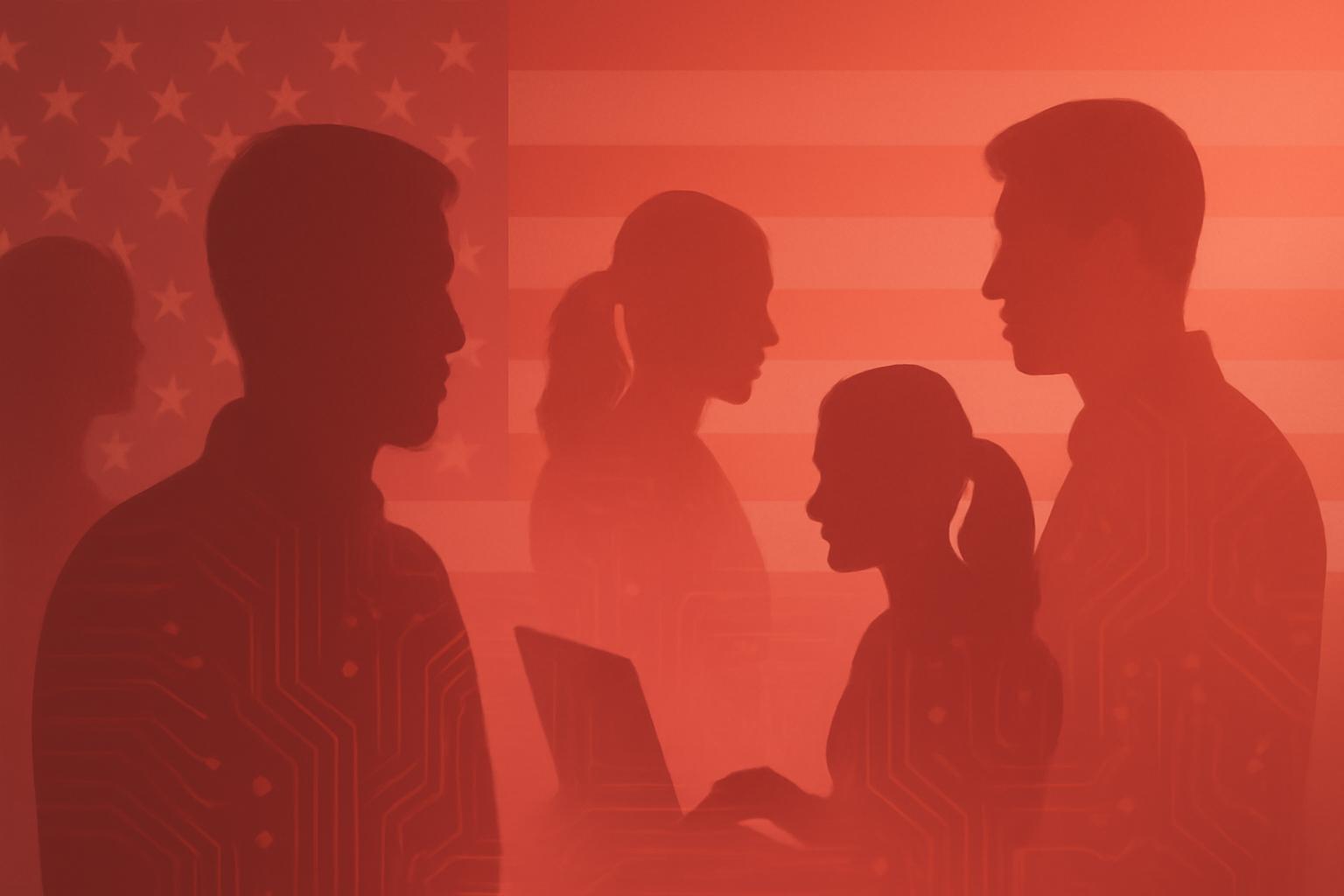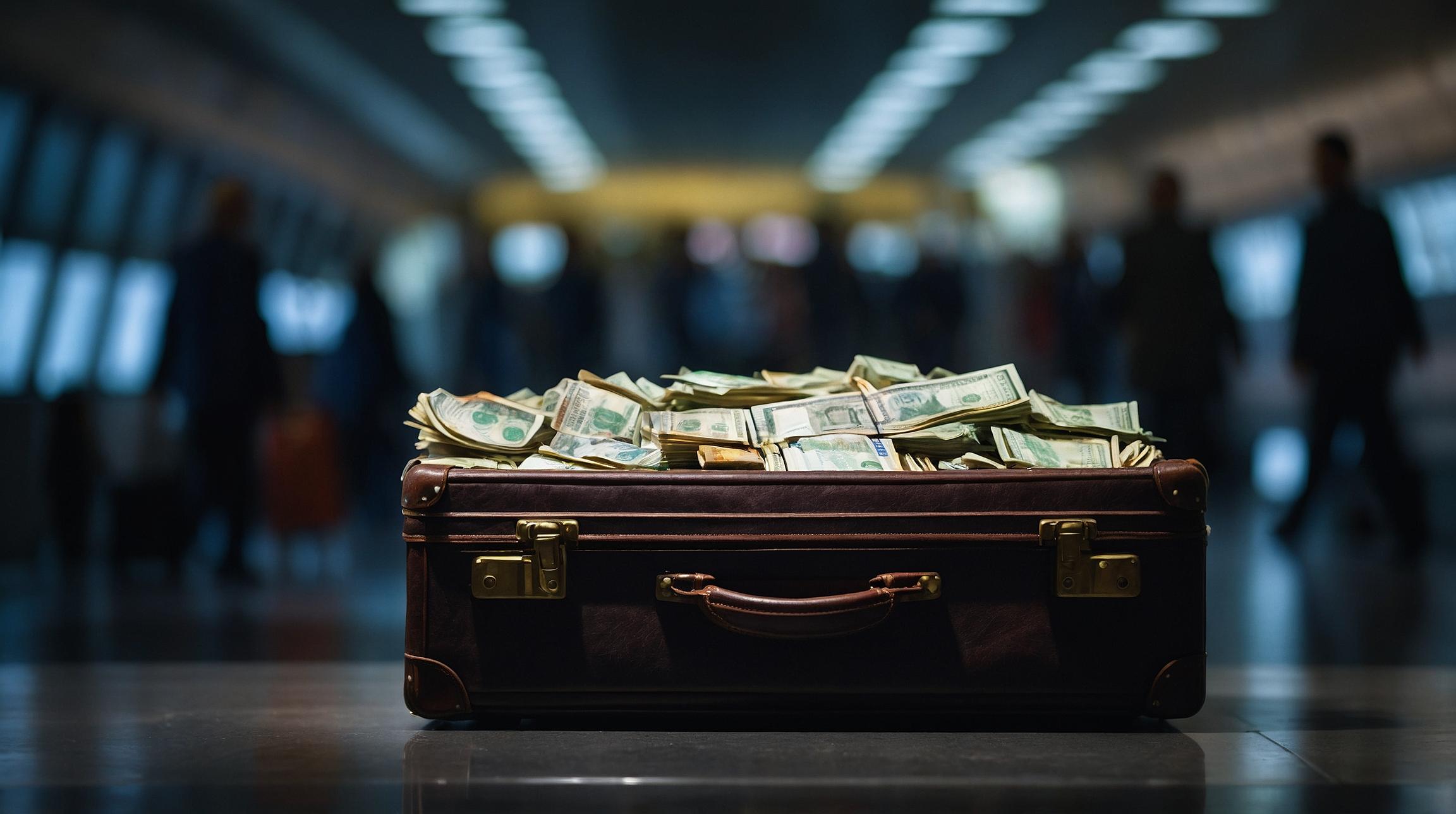Trump Administration Imposes $100,000 Fee on New H-1B Visa Applications
President Donald Trump signed an executive order raising the H-1B visa application fee to $100,000, a dramatic increase from the prior $2,000 to $5,000 range. The change, effective immediately as of September 21, 2025, mandates employers submit proof of payment before petitioning for a new H-1B visa worker. According to the White House, visa petitions will be restricted for 12 months until the fee is paid, fundamentally altering the landscape for companies relying on foreign skilled labor.
Scope and Impact: Who Is Affected by the Fee?
This new fee targets only new H-1B visa applicants and does not impact renewals or existing visa holders. Those currently holding H-1B visas outside the U.S. will not be charged upon re-entry. White House press secretary Karoline Leavitt emphasized the fee is a one-time payment, not an annual charge. Exceptions are available for immigrants whose employment is deemed critical to national interests by the Secretary of Homeland Security and who pose no security threat. Additionally, employees on B visas with start dates before October 2026 will receive guidance to prevent misuse of temporary business visas as an H-1B substitute.
Profile of H-1B Visa Holders and Their Role in the U.S. Economy
The H-1B visa program permits highly skilled foreign professionals to work in specialty occupations that typically require at least a bachelor’s degree. These roles are predominantly in science, technology, engineering, and mathematics (STEM) fields. Employers leverage H-1B workers to fill critical positions in sectors where domestic talent is insufficient. Last year, Indian nationals represented 71% of H-1B visa recipients, with Chinese nationals accounting for 11.7%, underscoring the program’s significance in attracting global STEM talent.
Tech Industry’s Dependence on H-1B Visas
The annual H-1B visa cap stands at 65,000, with an additional 20,000 visas reserved for applicants holding advanced degrees from U.S. institutions. The demand regularly outpaces the cap, triggering a lottery selection process. Since 2012, over 60% of approved H-1B holders have filled computer-related positions. Major technology companies are among the top sponsors: Amazon led with more than 10,000 approvals in fiscal 2025, followed by Microsoft and Meta with over 5,000 each, and Apple and Google rounding out the top six with approvals exceeding 4,000.
“This additional fee is sand in the gears for access to global talent,” said the CEO of CoreWeave, highlighting industry concerns about the new financial burden.
FinOracleAI — Market View
The unprecedented $100,000 fee on new H-1B visas introduces significant headwinds for U.S. companies reliant on foreign STEM talent. This policy could constrict the talent pipeline and increase operational costs, particularly for tech firms that dominate H-1B sponsorship.
- Opportunities: Potential incentivization of domestic workforce development; increased government revenue from visa fees.
- Risks: Talent shortages in critical STEM roles; reduced competitiveness of U.S. tech firms globally; increased costs and administrative burdens on employers.
Impact: The new fee is expected to exert a negative influence on the U.S. technology sector’s ability to attract and retain high-skilled foreign workers, potentially slowing innovation and growth.













